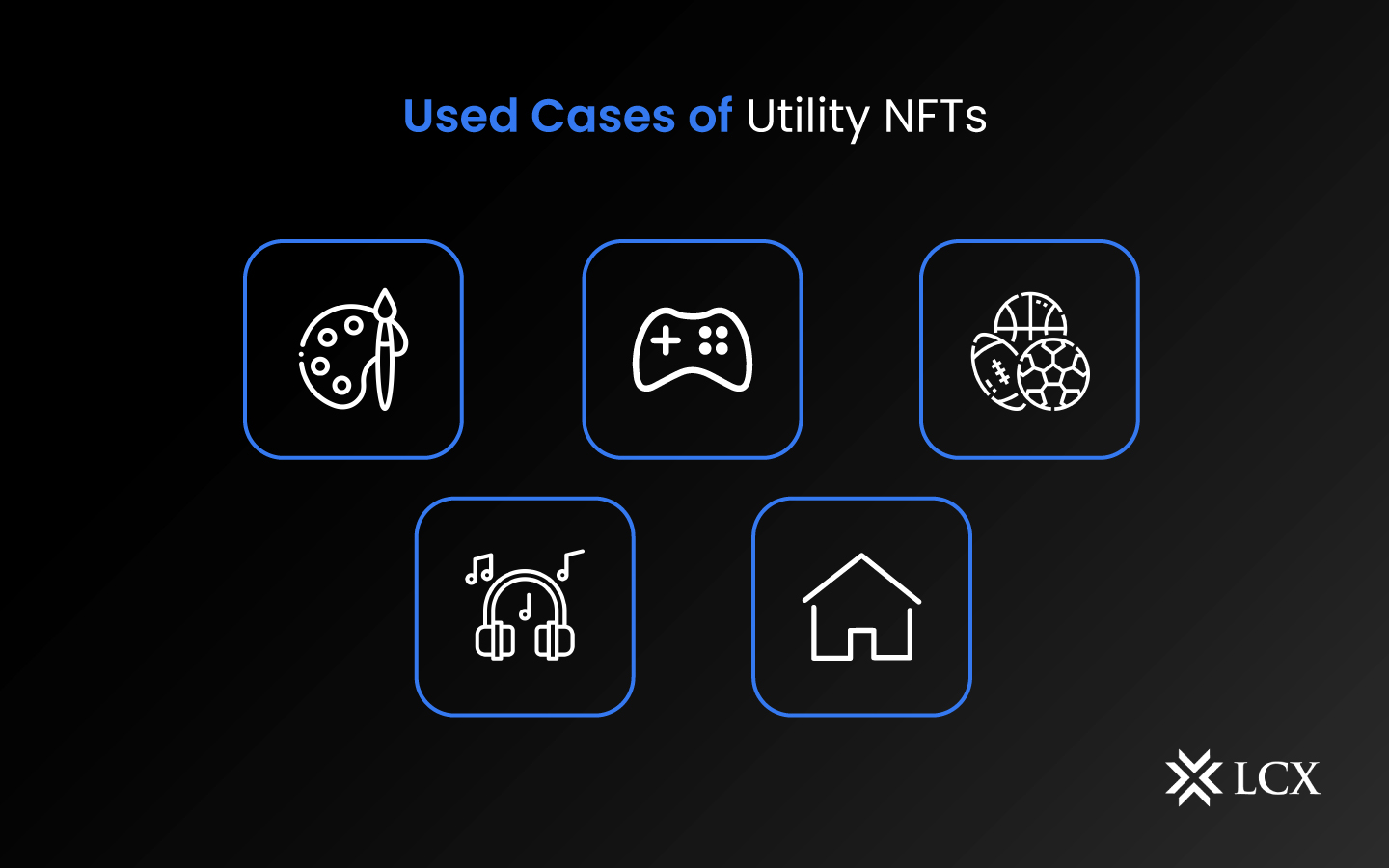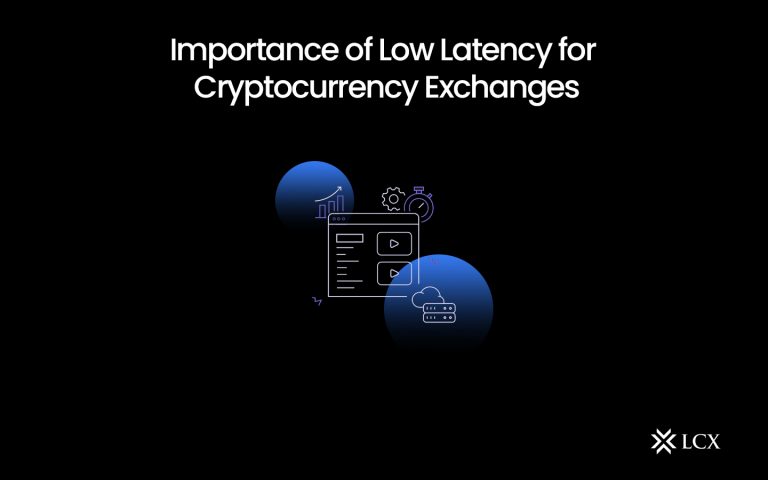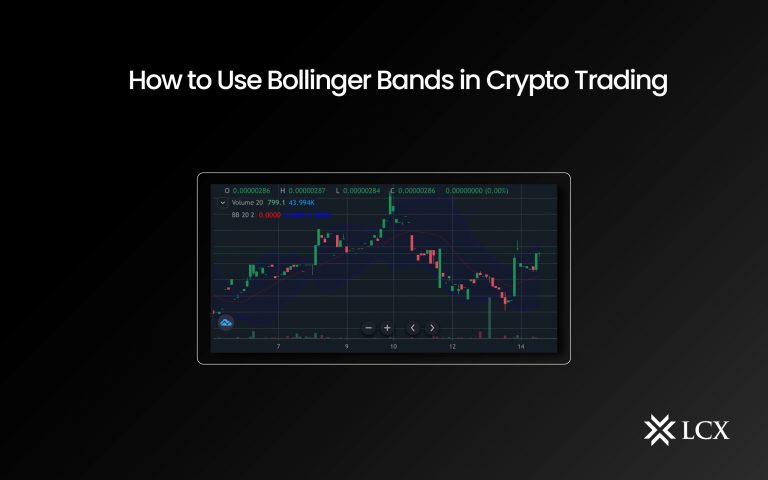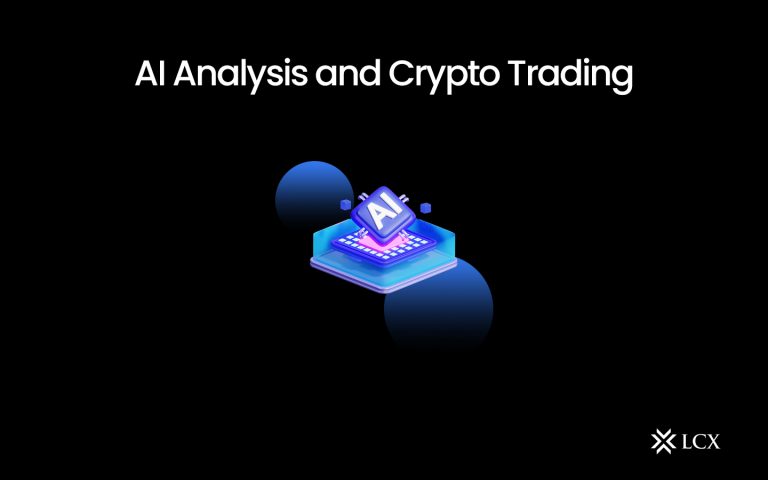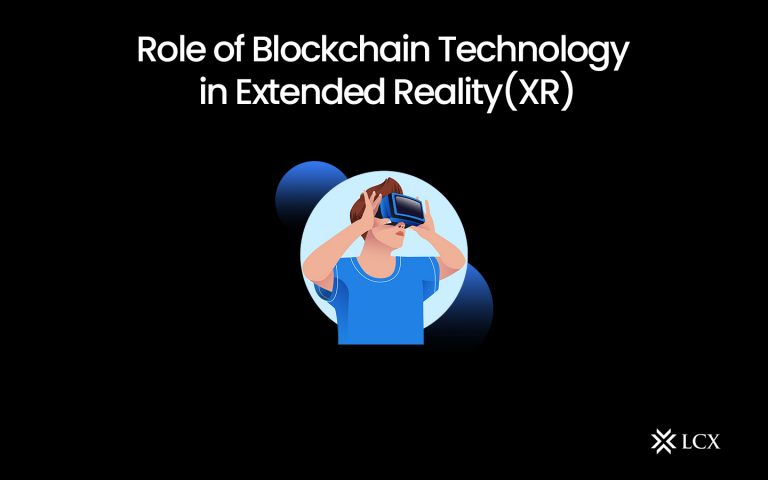As blockchain technology progresses, so too does the world of NFTs. While the vast majority of people are familiar with NFTs in the framework of digital artwork, collectibles, and digital property, an emerging class of utility NFTs is attracting attention. These one-of-a-kind tokens have practical uses in addition to bare possession and sale value, and they are positioned to revolutionize industries and alter the idea of digital assets.
These NFTs connect the dots across both the digital and physical domains, bringing the benefits of blockchain technology to a variety of industries, such as gaming, fashion, education, and more. By providing concrete advantages to their users, these digital assets are set to alter our relationship with digital assets and unleash the complete potential of NFTs as a whole. This transition towards real-world uses has the possibility of boosting widespread acceptance and elevating NFTs to the status of a valuable and useful asset class.
How Do They Work?
For outstanding infrastructure performance, depend on blockchain and smart contract technology. The digital collectibles assist in asserting proprietorship over tangible and intangible real-world objects. To ensure the utmost level of security, transparency, and immutability, every single transaction is recorded on the decentralized public ledger. To leverage smart contracts, the majority of utility NFTs operate on the Ethereum blockchain network. The framework of these assets is comparable to that of standard NFTs. In addition, they employ cryptographic encryption in order to maintain the highest level of transactional security and consistency.
Unique identifiers and metadata that cannot be replicated by other tokens help NFTs maintain their individuality. The proprietorship and adaptability of these non-fungible assets are governed by smart contracts. The miner performs the code in the smart contract that conforms to various requirements, such as ERC-721, at the time of minting an NFT. This information is then added to the blockchain governing the NFT.
The smart contract feature permits a transaction to occur only if certain predefined criteria are met. This allows creators to enforce their right to perpetual royalties whenever their work is purchased.
Tiamonds are non-fungible tokens (NFTs) that are generated uniquely on the Ethereum blockchain with the primary objective of providing utility to investment-grade precious stones: diamonds. Tiamonds are based on the ERC-721 standard, which supports the possession of real-world diamonds and their physical redemption.
Learn More: tiamonds.com/
Applications
Gaming
In recent years, the gaming industry has experienced tremendous growth due to technological advancement. Gamers have shifted from arcades with bulky gaming devices to simple online and live-streaming games. In an effort to attract players from all over the globe, traditional gaming companies are investing heavily in the implementation of blockchain and NFTs into e-games.
With play-to-earn games, users have the opportunity to generate passive income through their gaming skills. They can receive compensation by earning money through NFTs and token incentives. While some players use NFTs to facilitate interoperability between games, others use them to assert proprietorship over in-game assets such as avatars, merchandise, clothing, etc. The use of utility NFTs enables players to retain ownership of the assets they acquire during gameplay. They can retain the assets on the blockchain or exchange them for cash or other assets on NFT marketplaces.
Real -Estate
In a short period of time, the demand for virtual real estate has skyrocketed, with investors spending thousands of dollars on purchasing them. NFTs function as immobile assets that represent digital assets as land parcels. The transactions are recorded on the distributed ledger to assure transparency and tamper-resistance.
Art and Fashion
The fashion and art industries have enthusiastically embraced utility NFTs through the launch of numerous initiatives. NFTs are digital representations of real-world objects such as merchandise, clothing, jewelry, and works of art, among others. Using NFTs, fashion brands can organize online auctions where users can place bids. The blockchain will handle the sale in order to guarantee the winner’s verifiability. In the future, augmented reality may enable users to experiment with various appearances using virtual clothing in the metaverse. One of the most effective methods to increase the utility of non-fiat currencies is to incorporate their benefits into physical goods.
Exclusive Access to Events and Merchandise
One of the most pertinent applications of NFTs may be as digital versions of tickets to exclusive events. Currently, some initiatives are using utility tokens to provide their holders with access to private events. Due to the uniqueness of each NFT, event organizers can verify these digital VIP tickets without concern of ticket fraud, just as they would with traditional tickets.
Future of Utility NFTs
With the utilization of utility NFTs, businesses might encourage sales with NFTs redeemable in the future for discounts or gifts, rendering paper discount tokens obsolete. With the emergence of the metaverse, the use of these assets will impart benefits to their owners in the shared virtual world, such as entry tickets to games or other exclusive virtual environments. It can be utilized to establish and incentivize ownership, build community, and even safeguard the environment. The only limitation on our use of this technology is our imagination.
